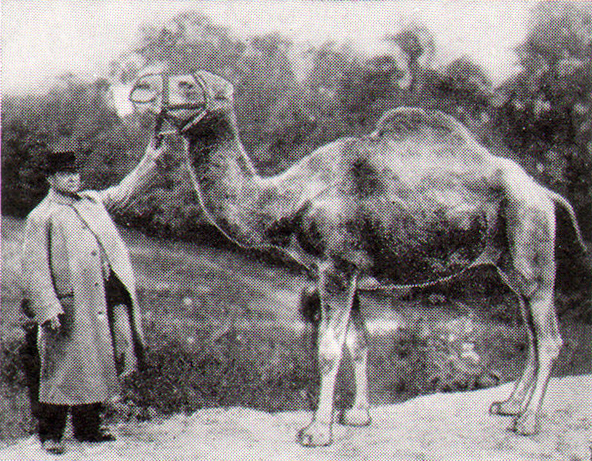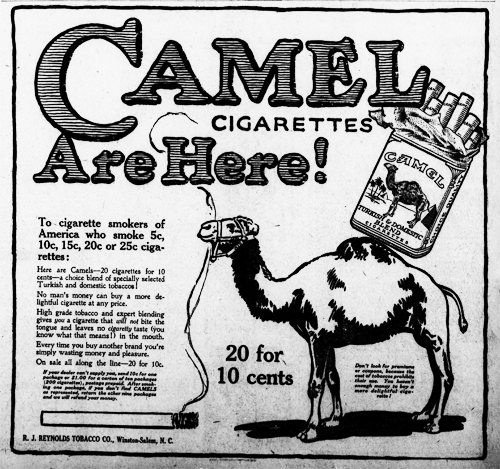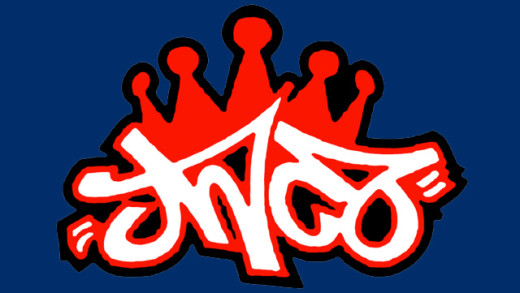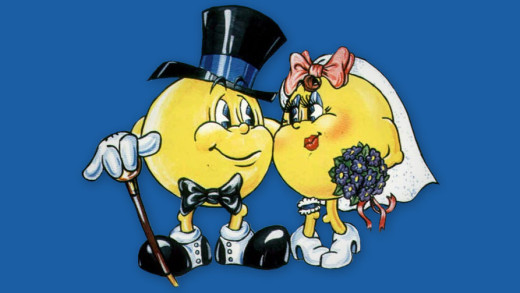How Camel Cigarettes launched the first viral ad campaign in 1913

The camels are coming…
Cryptic teasers. An absurd brand name. Meme-like exotic imagery. A soft launch followed by a national ad blitz. These cutting edge marketing techniques all happened in 1913, and they created one of Big Tobacco’s strongest brands.
Camel Cigarettes were launched with a viral ad campaign more than a hundred years ago, and it was so successful that it made them the top selling cigarette in just four years. The campaign captured national interest and turned it into big cigarette sales, basically inventing modern advertising in the process.
How did R.J. Reynolds create tobacco’s most enduring brand using viral ads?
First, they had to invent the modern cigarette.
Reynolds gets into cigarettes with four standout brands
Bolstered by the success of Prince Albert tobacco, Reynolds created four brands in the bourgeoning cigarette market (before then, most people rolled their own cigarettes). The brands—Reyno, Osman, Red Kamel, and Camel—all tried to appeal to different markets. Reyno was for All-American smokers, while Osman, Red Kamel, and Camel all included Turkish tobacco in their blends. That’s how Camel got its name—to emphasize the exotic Far East connection and inform the consumer of the taste.
Because Camels have been around for a century, it’s easy to forget how unfamiliar they used to be. The camel was an extreme animal that fascinated Americans, and the Camel brand name was intended to turn heads. Camels were so unusual, in fact, that nobody knew what they looked like.
The first Camel wrapper ended up being a bad caricature and was too cartoonish for an authentic-feeling Turkish brand, but Reynolds got lucky. Barnum & Bailey Circus came to Winston, NC in September, 1913, and the company rushed a photographer over to check it out.
Reynolds sends a photographer to the circus
W.R. Reynolds wrote a letter to help convince Barnum & Bailey to let them take a picture. In part, it read:
We desire these photos in use for making design for brand of Turkish cigarettes [sic].
After a little haggling, they got a picture of a two-humped camel and a dromedary. The two-humped camel posed quickly, but the other one was a little more difficult. The trainer gave the dromedary, called Old Joe, a bop on the head. He raised his head and tail and the photographer snapped the picture. The dignified looking photo was perfect for cigarette packaging.
Camel now had a bizarre name, a hard to get image, and a unique value in its prepackaged cigarettes. But that wasn’t all that R.J. Reynolds brought to the table, because they also hired ad firm N.W. Ayer to create one of the first viral ad campaigns.
Camel trolls the public with viral teaser ads
The first ad for Camel Cigarettes was a teaser that puts today’s ads to shame. There was no mention of the product, no mention of the parent company, and certainly no mention of tobacco. It was simply the word “Camels” with a picture of Old Joe. The next day, it was followed by “The Camels are coming!” an equally mysterious ad with no mention of the cigarettes. The third day, Reynolds really teased the public, claiming that “there’ll be more CAMELS in this town than in all Asia and Africa combined.”
Though the bizarre buzz-building campaign was small, it reached across the country, and by teasing consumers with the promise of real camels, it demonstrated the appeal of the soon to be famous mascot. On the fourth day, they revealed that Camels were cigarettes.
But Camel didn’t ditch the punny promotional technique. After testing in thousands of stores, they pitched sellers on the basis of the strange—but successful—campaign. That was quickly followed by a large ad in the Saturday Evening Post and after that, as one enthusiastic ad proclaimed, “Camels…jumped the corral.”
Advertising comes from Camel’s hump
Camel’s strong sales kicked off a new era in tobacco, and competition intensified between Camel, Lucky Strike, and Chesterfield. Camel quickly pivoted to new campaigns based on quality, taste, and health benefits.
Of course, the groundbreaking legacy is tarnished by the harmful effects of cigarettes (even though more Doctors smoke Camels). Still, the 1913 debut proves one thing: the viral ad campaign is as old as the Camel.






